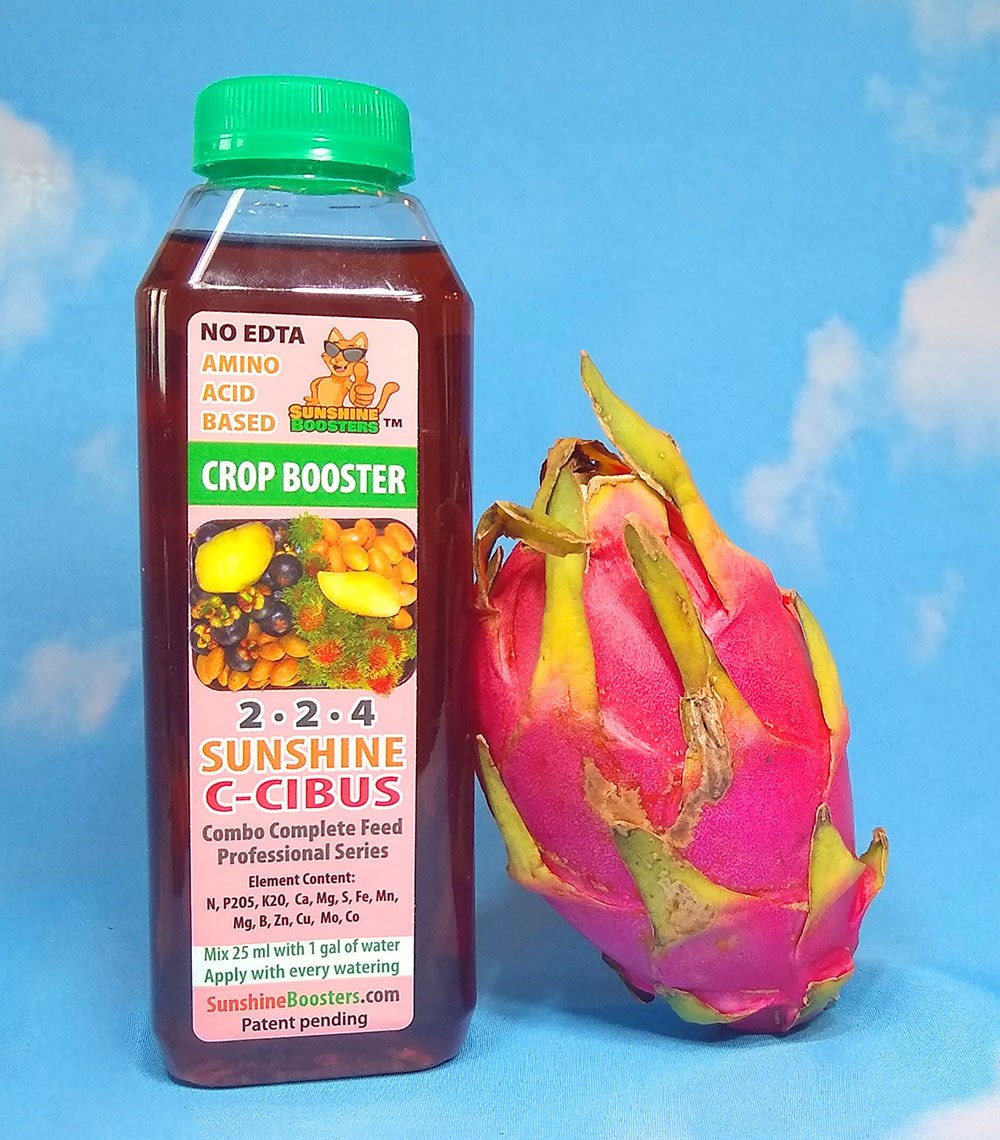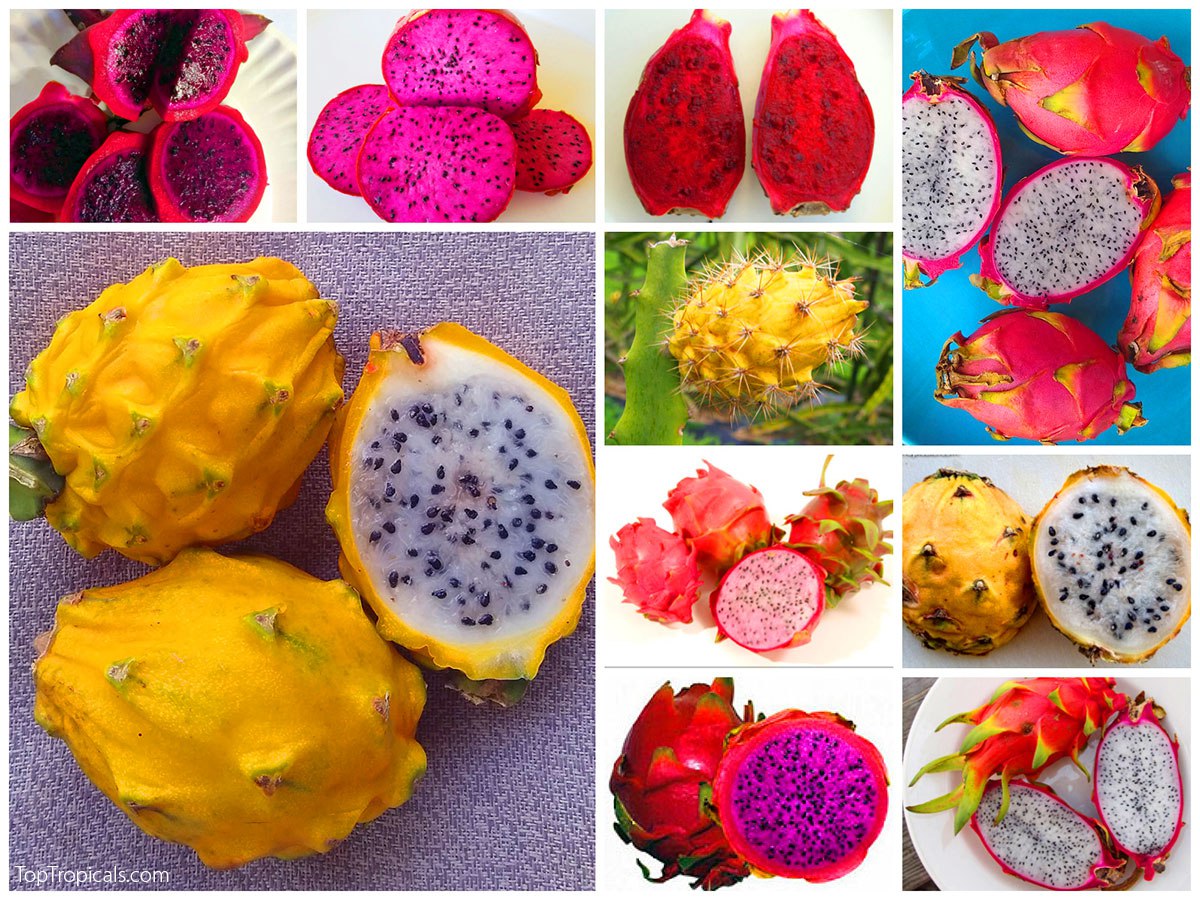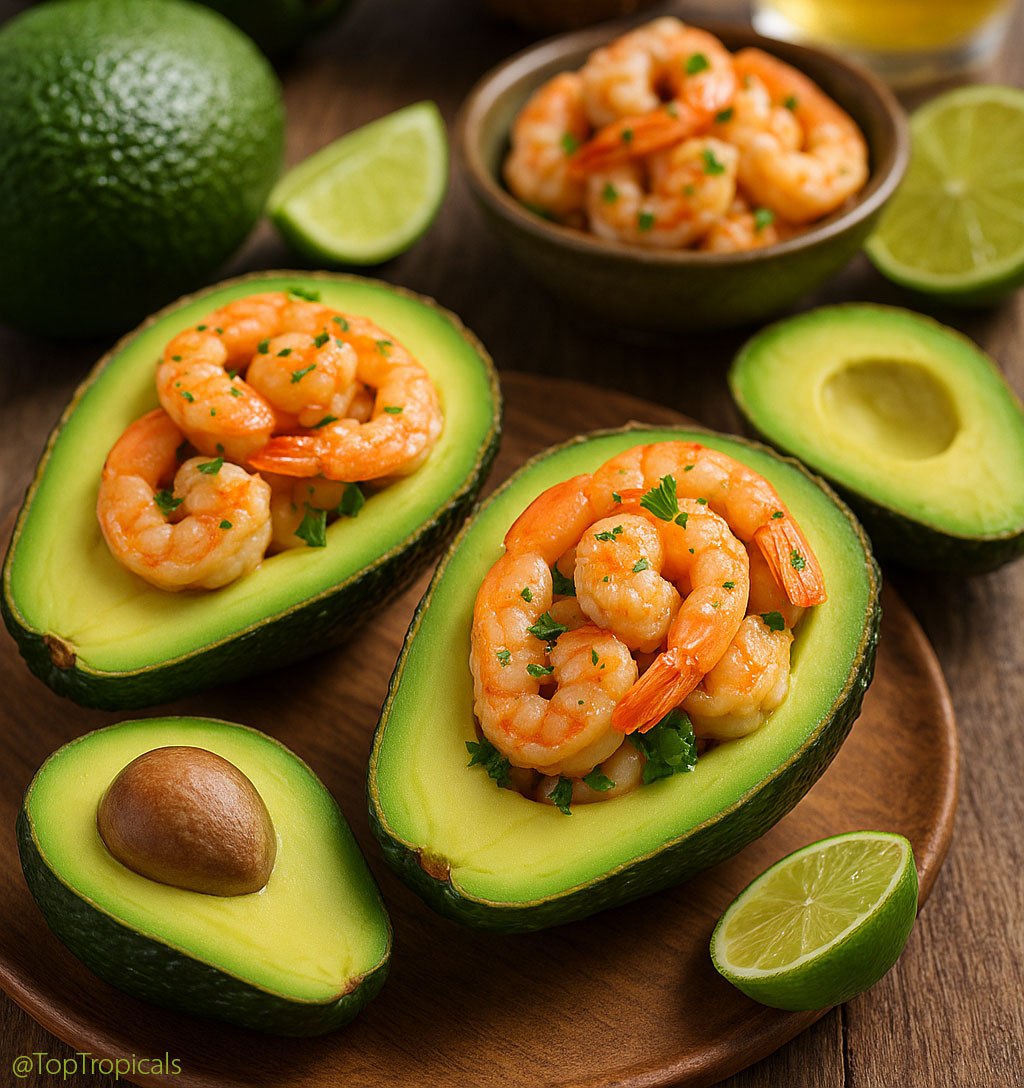Date:
 Ground Orchid FAQ – Your Questions
Answered
Ground Orchid FAQ – Your Questions
Answered
Why should I buy them?
Because they give you more bloom for less effort. They flower on and off almost all year, they’re tough, and they come in colors you can actually plan a garden around.
Will they survive winter in my area?
In frost-free zones, yes, they come back bigger every year. If you’re farther north, just keep them in pots and bring them inside for the cold months.
Do they really bloom in shade?
They do. We’ve got a clump under a big oak and it still puts on a show. Not as heavy as full sun, but enough to brighten the spot.
How big do they get?
Depends which one. Spathoglottis stays neat, about knee-high. Nun Orchid shoots up tall spikes that can hit 4 ft. So you can go small or dramatic.
Are they hard to care for like other orchids?
Not at all. Forget the bark mix and misting bottles. Just plant them in soil, keep the water steady, and feed once in a while. That’s it.
Can I grow them in pots?
Absolutely. They do great in containers. Makes it easy if you’ve only got a patio or you want to move them in for winter. Use well-drained soilless mix like Abundance Potting Mix.
Do they attract pollinators?
Yep. Bees love them, butterflies too, and every so often a hummingbird will check them out.
What is the best fertilizer?
For extra blooms, we use Sunshine Orchidasm – Orchid TotalFeed Booster. Works like a charm!
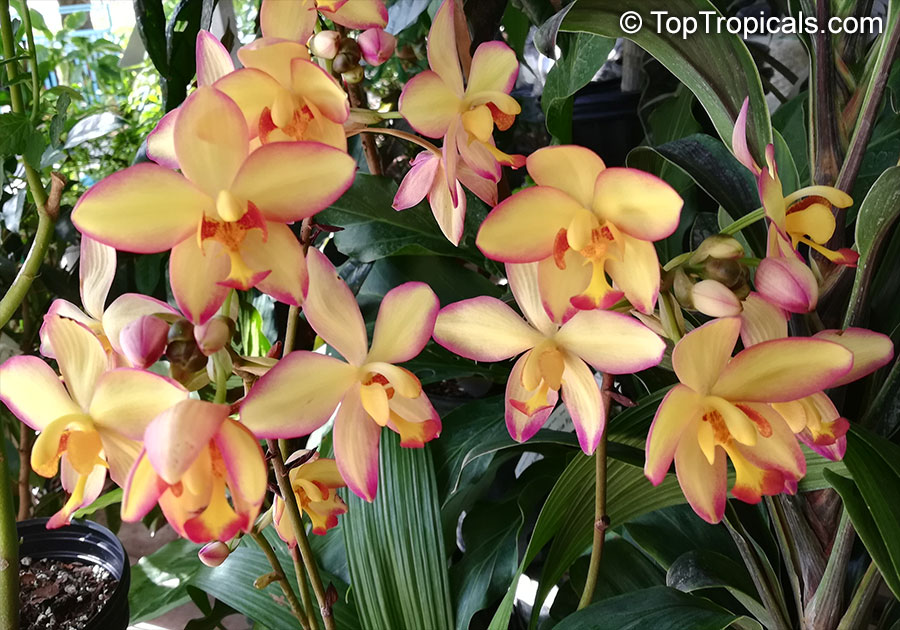
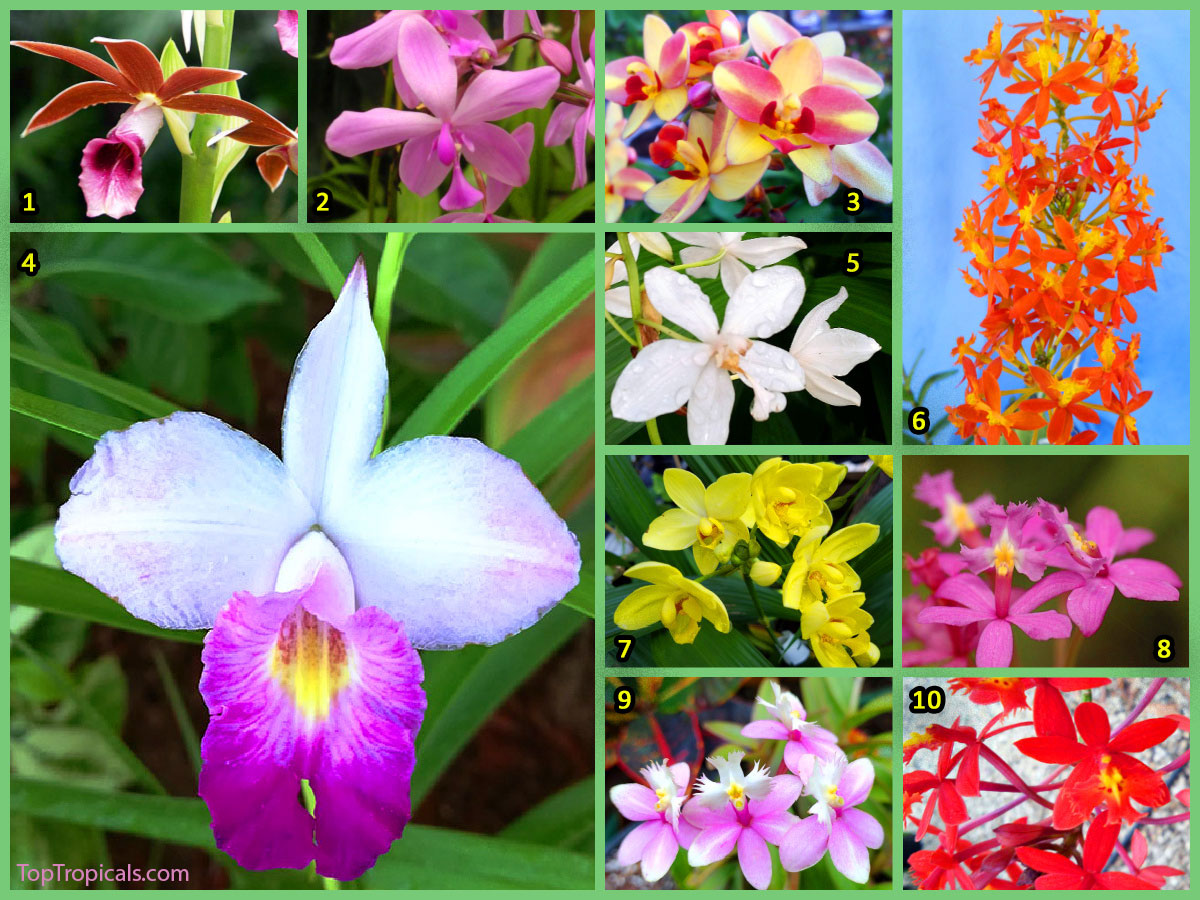
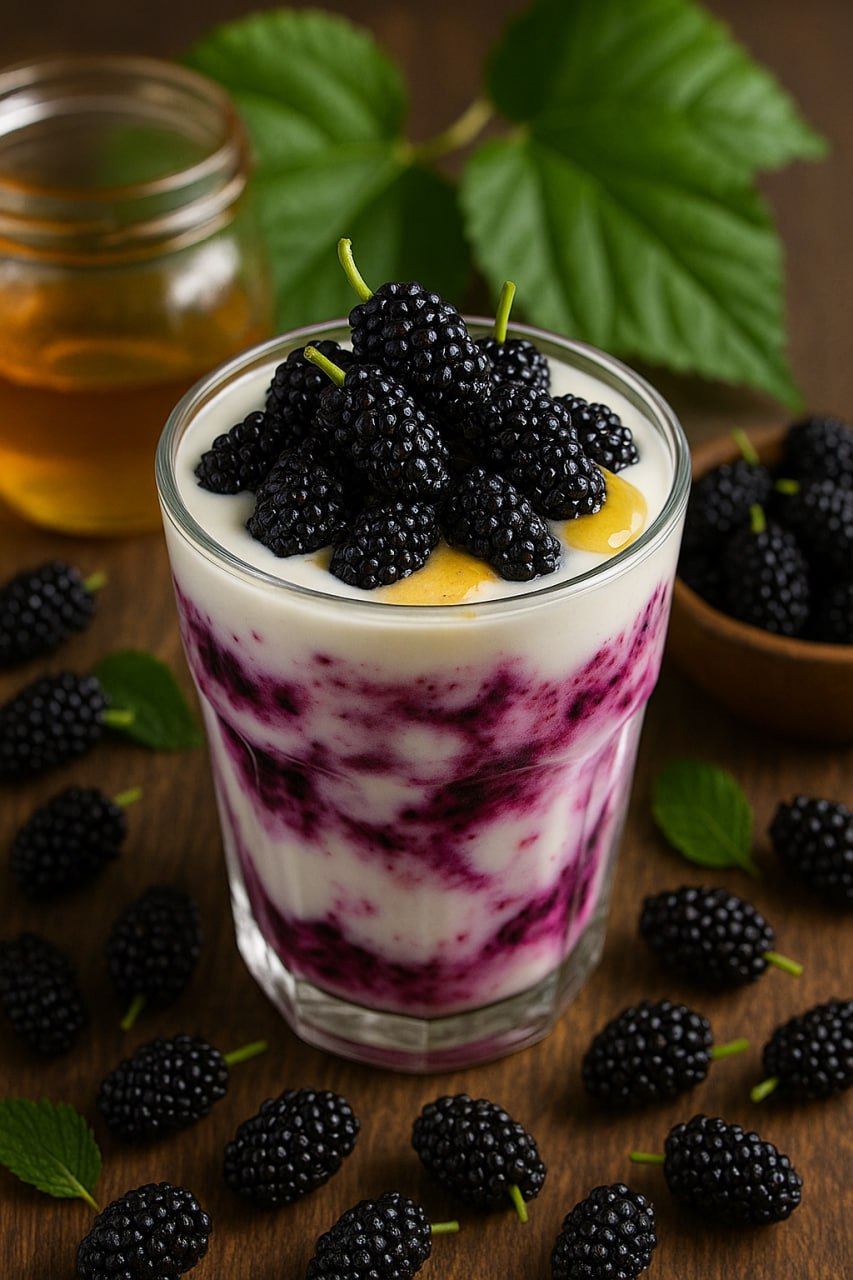
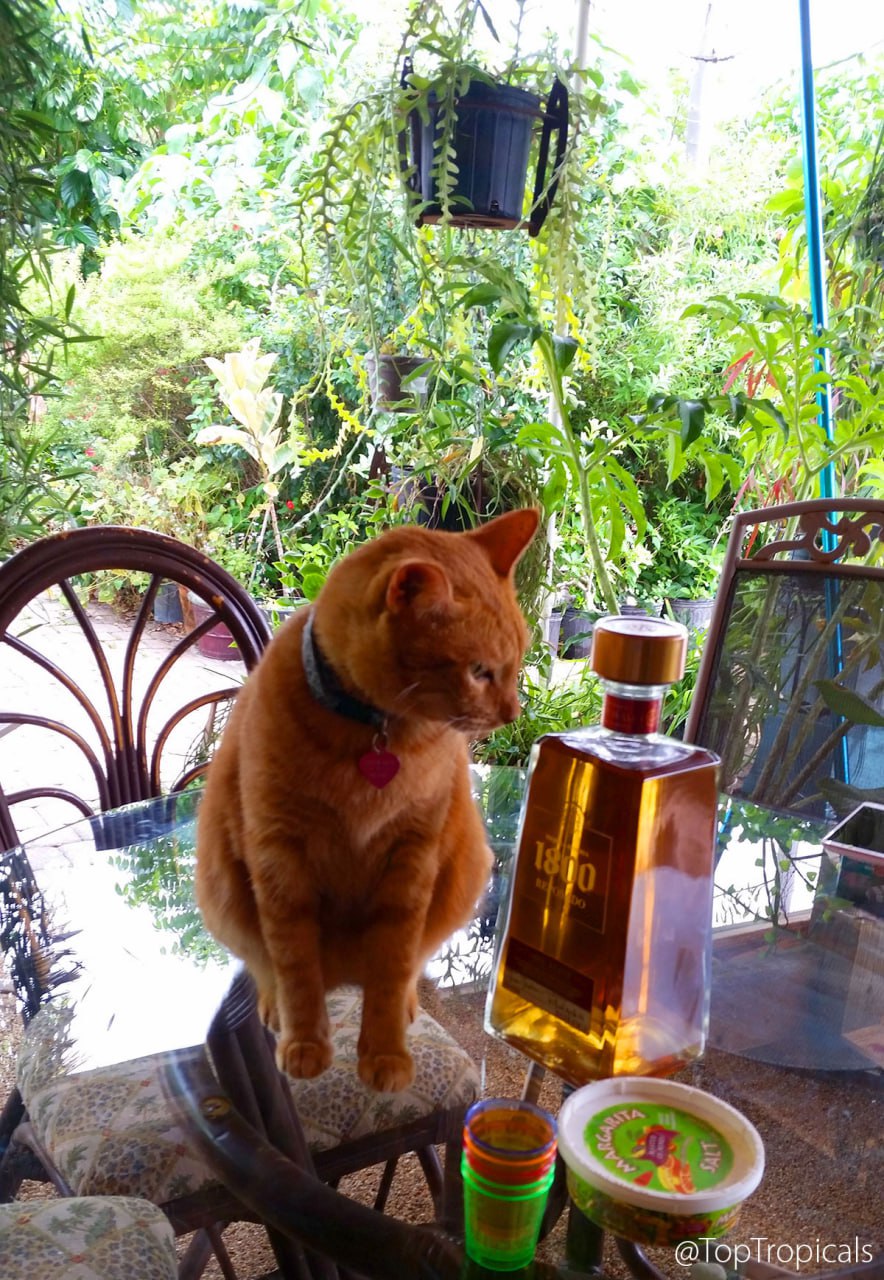
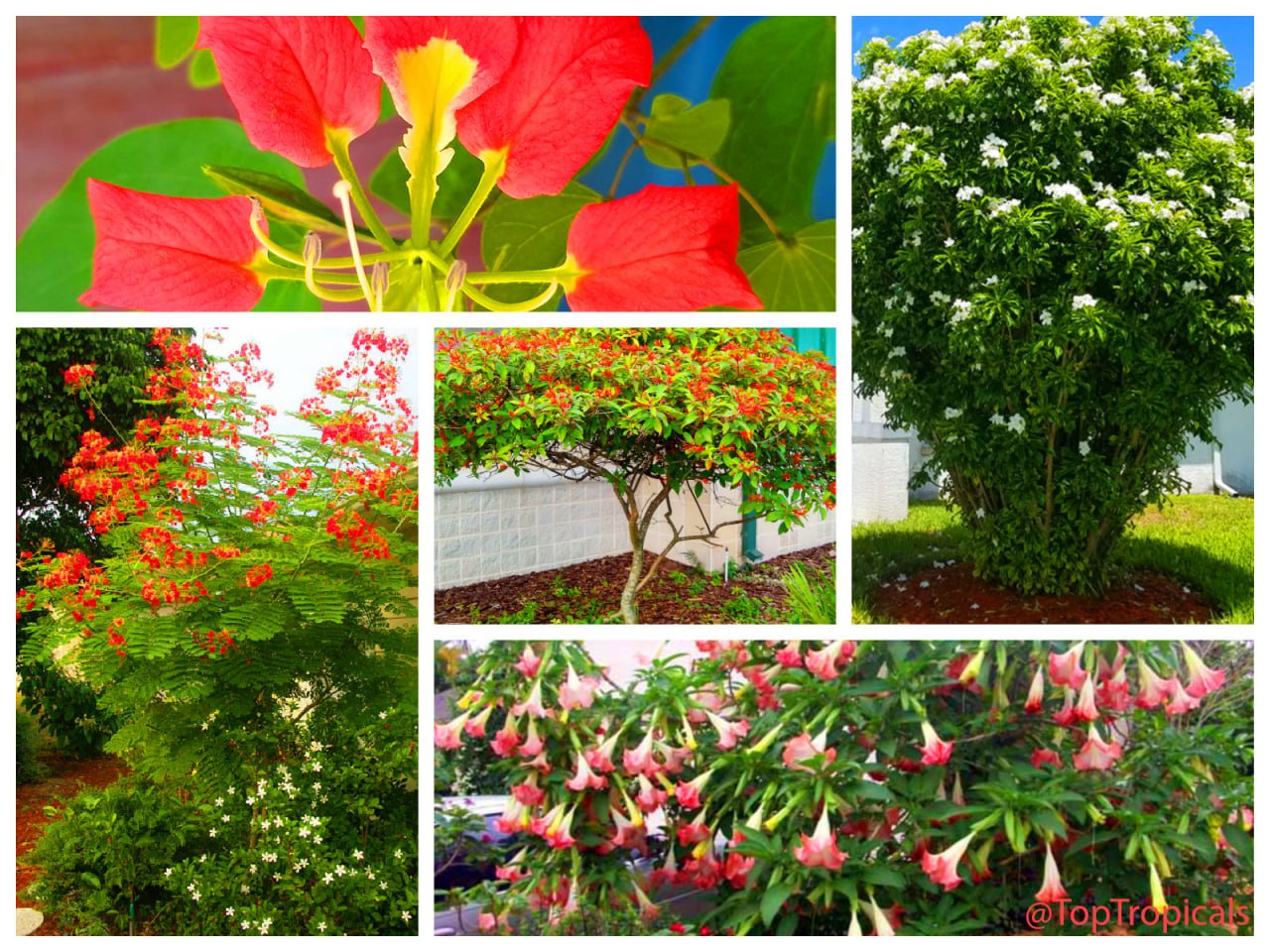
 September 11th remains one of the darkest days in our
nation’s memory, a tragedy that touched every life in some way. More
than
two decades later, we may come from different places, hold different views,
and
see the world through different lenses — but on this day, we stand
together in remembrance.
September 11th remains one of the darkest days in our
nation’s memory, a tragedy that touched every life in some way. More
than
two decades later, we may come from different places, hold different views,
and
see the world through different lenses — but on this day, we stand
together in remembrance.